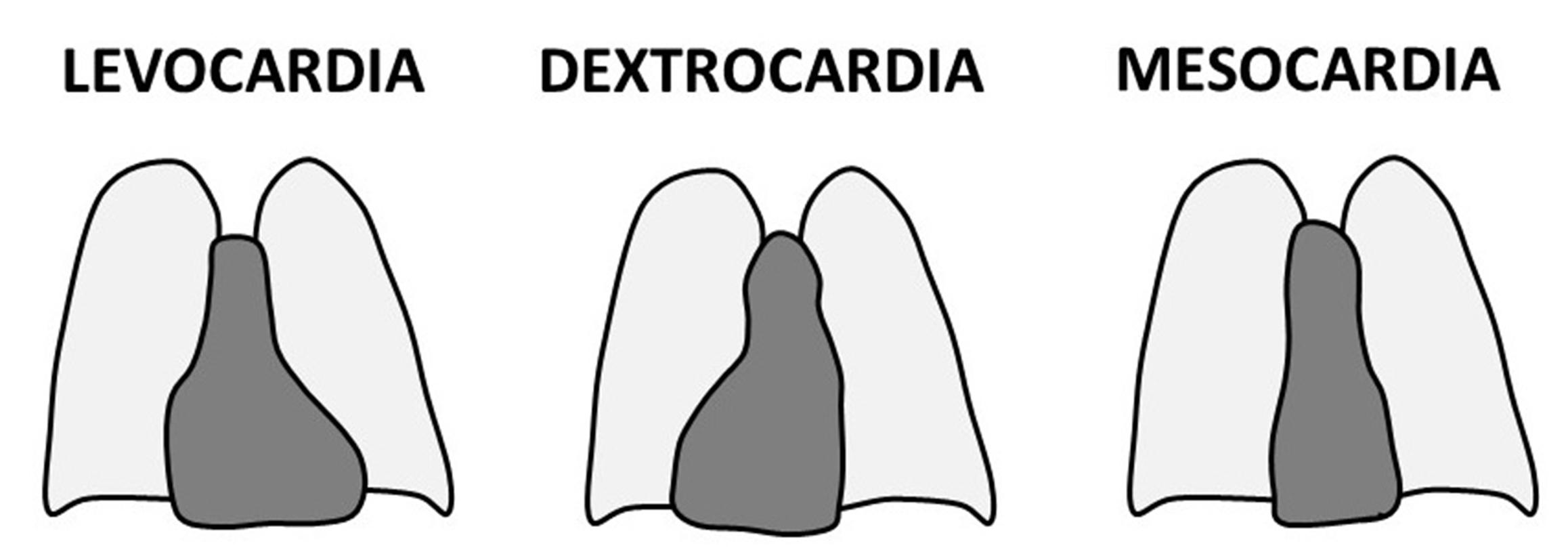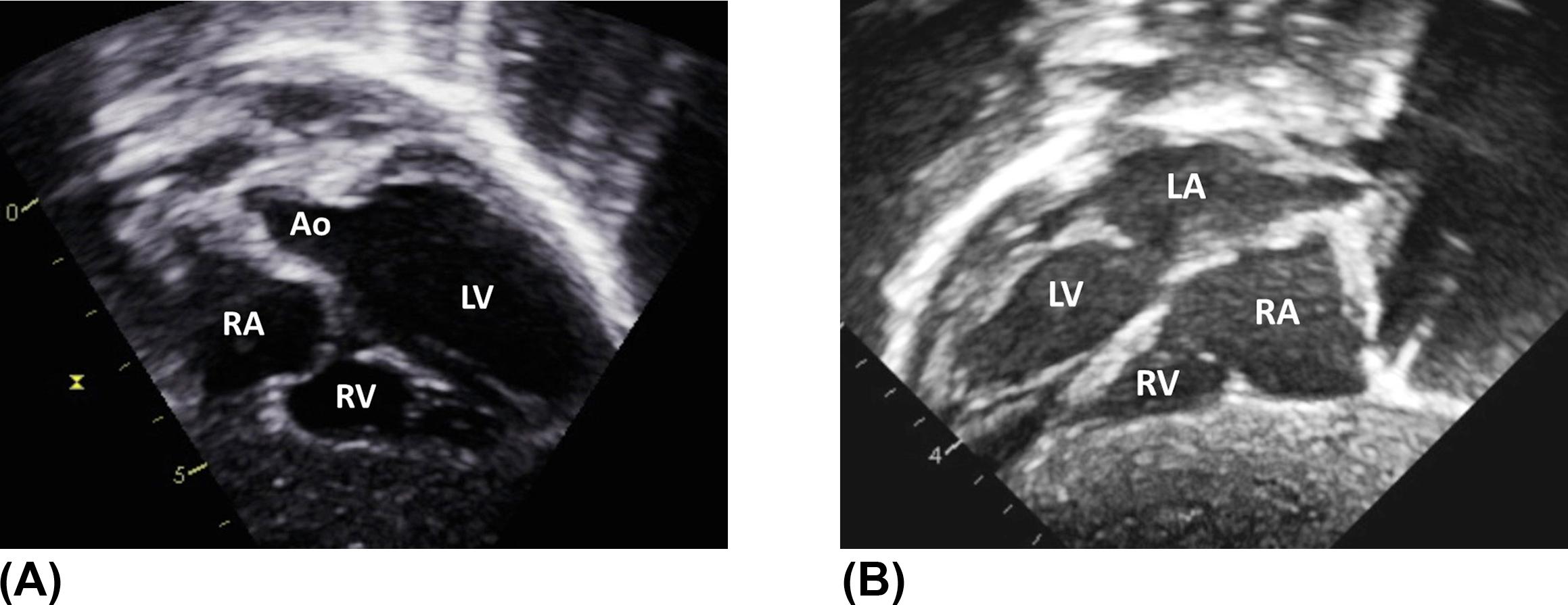Physical Address
304 North Cardinal St.
Dorchester Center, MA 02124
Historically, there have been two main schools of nomenclature of congenital heart defects, the foundations of which were laid in parallel by Robert Anderson from the United Kingdom and by Richard and Stella Van Praagh from the United States. For this reason, the “Andersonian” approach is used predominantly in Europe, while the “Van Praaghian” approach is more common in the United States. Despite many similarities, the two schools differ significantly in many aspects. This book is based on the Andersonian nomenclature.
The segmental approach to congenital heart disease is a multistep process in which the elementary “building blocks” that form the heart are examined. It divides the heart into three basic segments, atria, ventricles, and great arteries , and two junctions between them, atrio-ventricular junction and ventriculo-arterial junction .
The principle of segmental analysis relies on a separate identification of each cardiac segment based on the presence of key morphological criteria. These anatomical features allow the distinction between the morphological right and the morphological left atrium, the morphological right and the morphological left ventricle, and the aorta and the pulmonary artery.
It is important to understand that the spatial position of each cardiac segment plays no role in the process of their identification. For example, the term “right ventricle” refers to the “morphological right ventricle,” which may, be on the right or on the left side of the malformed heart.
Another example would be the case of left atrial isomerism in which there are two morphological left atria, one on the right and the other on the left side of the heart.
The segmental approach provides an accurate way of describing congenital cardiac malformations and consists of a stepwise analysis of the cardiac position, the atrial morphology and situs, the ventricular morphology and looping, the type and mode of the atrio-ventricular connection, the ventriculo-arterial connection, and the relationship between the great arteries. Each part is discussed in a separate section below.
The term cardiac position refers to the position of the heart and orientation of the cardiac apex in the chest ( Figure 1 ). It is best determined from the subcostal views. In levocardia , the heart is situated in the left hemithorax, with the apex pointing to the left. In dextrocardia , the heart is in the right hemithorax and the apex is oriented to the right. In mesocardia , the heart is positioned in the middle of the chest, with the apex pointing to the midline. Instead of using the terms dextroversion or dextroposition, the terms dextrocardia with the apex pointing to the left or to the right, or levocardia with the apex pointing to the right should be used. The same applies to mesocardia.


Become a Clinical Tree membership for Full access and enjoy Unlimited articles
If you are a member. Log in here